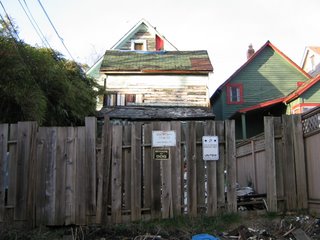Multicultural Canada Conference
The conference seems ideal for HAMP, as it is organized around the same issues we are concerned with. Here is a blurb from the conference web site:
"Libraries and archives have worked with individuals, governments and ethnic communities in Canada to collect and preserve the historical record of their experience. The Multicultural Canada Project is committed to making historical records widely available by working collaboratively with institutions, governments and individuals to digitize these materials. The Project will create powerful new learning opportunities for Canadian students and citizens, preserve a wealth of unique and fragile materials for historians and scholars, and help define the story of these groups as essential to the history of Canada."
For more on the conference, and to see the schedule of presenters, click here.


































